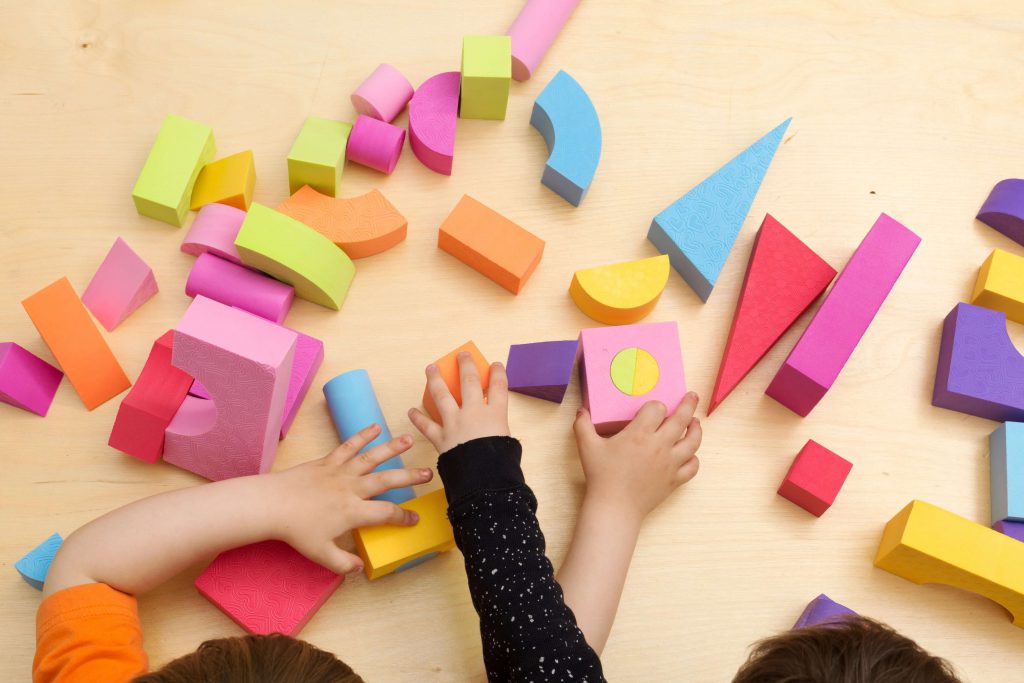Career Exploration Ideas: How to Get Students Excited About Career Planning

Choosing your life’s work doesn’t happen overnight. For many people, it takes years of trial and error that may include post-secondary education and a series of jobs that aren’t the right fit.
What if we could help the next generation avoid that painful process?
Imagine a world where students graduated from high school with confidence in their strengths, a strong sense of purpose, and a clear pathway to a meaningful career that’s especially suited to them?
Educators and counselors have already begun to sow the seeds of future fulfilment in their students by embedding career exploration into their lessons for children as young as 3rd grade.
It’s a concept that can be woven into just about any subject and is highly compatible with social-emotional curriculum activities.
Let’s look at some ways you can introduce career exploration into your classroom or virtual classroom—at any grade level.
What Is Career Exploration?
Meaningful career exploration for students is two-pronged. It involves:
- Reflecting on an individual’s own interests, strengths, skills, values, and preferences. Students are encouraged to engage in self-discovery with exercises that answer questions like:
-
- Which subjects do I most enjoy and excel in?
- What kind of things do I like to do outside of school?
- What kind of activities do I do that make time feel like it’s flying by? (This is a good indication of flow, an important component of happiness and satisfaction.)
- Learning about fields of study, industries, and specific occupations. This process includes understanding things like:
- Attributes of careers, i.e. core tasks involved, average salary, working conditions, etc.
- What kind of qualifications one might need to achieve each job, i.e. post-secondary study, experience, etc.
- How some careers connect to others, i.e. an engineer could also get a job as a project manager, salesperson, technician, etc.
Why Is Career Exploration Important for Students?
Every good explorer starts a journey with a map.
Conditions may cause them to alter their plans and they may learn new information that leads them to change directions, but having a guiding force is a helpful way to create and retain a strong sense of purpose throughout every adventure.
When we make career exploration part of the framework for every student’s education, they learn to think beyond the day’s math test or history lesson—and connect the dots between what they are learning and how they might apply it in the future.
This often leads to improved engagement, higher achievement levels, reduced absenteeism, and increased graduation rates.
When students have a good understanding of the working world, they can imagine how they might fit into it someday. They can prepare for the kind of career they want by setting goals, choosing courses, and focusing on extracurricular activities that support their future.
Best of all, students who participate in career exploration activities often develop a stronger sense of self-esteem and self-knowledge. They naturally begin to build social-emotional learning skills such as organization, communication, problem-solving, and even financial literacy because they’re focused on achieving a goal.
What Are Some Career Exploration Tools?
[xo-module id=”13083″]
Gone are the days when educators and counselors have to rely on outdated worksheets that have been circulating since the 1980s.
Today’s career exploration tools include sophisticated EdTech programs and creative ideas to engage learners of all ages.
- Xello: College and career readiness software that helps students build self-knowledge, personalized future readiness plans and critical life skills.
- WeTeachNYC: An online education community with a free unit on career exploration
- Bizworld.org: Career Exploration Lesson Plan for Grades 3-5 and 6-8.
- Teachers Pay Teachers: Career exploration trivia game and career exploration activities.
- Boys & Girls Clubs of Canada: Learning and career development programs
Career Exploration Activities for Elementary Students
The Forest Hills School District in Cincinnati has students as young as third grade participating in career exploration using college and career readiness software Xello.
They start by playing ‘Career Town’, a game that underlines the variety of work and workers in a community, and the importance of every worker in a community.
School Counselor Kate McKenzie also has students in Grades 3-5 log their interests and achievements in Xello. “I want to get them thinking about, ‘What am I good at?’, ‘What do I like to do?’
It lends itself beautifully to goal setting and expanding their hobbies. They can start expanding their experiences which will help them craft a better story of themselves as they grow up,” she said.
Other tried-and-true career exploration activities for primary students include:
- Bringing in parents and community members to share what it’s like to do their jobs. Take special care to ensure diversity and an equitable gender spread so every student can see themselves in at least one career.
- Asking students to reflect on what they enjoy and what they’re good at and then connecting that to a career. Many educators assign a ‘poster project’ in which students create colorful posters to depict the career.
- On field trips, taking special note of the careers at the museum, zoo, art gallery, or theater presentation. Ask hosts to share a little about their job as part of their presentations.
Career Exploration Activities for Middle School Students
Grades 6-8 are often considered the prime beneficiaries for career exploration activities.
They are at an age when they are especially receptive to “cool” jobs and they understand the connection between careers, salaries, and the kind of lifestyle they want.
This is also a time when they will need to choose their high school courses, some of which are specialized pathways to a particular area of post-secondary study.
This is where self-knowledge is especially important so they can make informed decisions that will affect their future.
Career exploration activities for this group include:
- Interviewing a family, friend or community figure to learn about their job. Students should ask detailed questions such as:
- What a typical day is like
- Salary range
- Education requirements
- How/why they chose that career
- Having students consider how they prefer to be engaged in work. Create a list of statements about careers and working conditions and have them choose which most appeals to them, such as:
- I want to work inside / outside all day.
- I want to work by myself / I want to work with other people as much as possible.
- I want to use technology / work with my hands and/or people.
Then have them pick three careers based on what they’ve chosen. Tools like Xello will help them narrow it down.
- Once they have highlighted three possible careers, have them chart the path to get there. What type of courses should they take in high school? Are there extracurricular activities that would give them experience? What kind of post-secondary education would lead them to that career?
Career Exploration Activities for High School Students
By this point, students should have some idea of their strengths, challenges, and passions. The goal is to avoid high school seniors who have absolutely no idea what their future holds.
This is a time to double down on career exploration activities in as many classes as possible.
Activities include:
- Assigning take-home assignments focused on helping students define career options that are a good fit for them.
- Asking students to consider and present non-degree post-secondary pathways, i.e. apprenticeship programs.
- Having students uncover five “hidden” jobs each, i.e. not teacher, engineer, baker or mechanic. Ask them to find roles like HR specialist, content marketing strategist, forensic science technician, or computer network architect and present them to the class.
School districts everywhere are increasingly recognizing the importance of career exploration, particularly when programs and activities satisfy mandates like ESSA.
More importantly, educators understand that the ripple effects of students who are engaged, have self-knowledge, and understand how they might one day fit into their communities are much more likely to choose the right post-secondary pathway for them.
A generation of purposeful adults who set and achieve the right career goals for them? When career exploration is integrated into education, it’s not only possible; it’s probable.



